Hong Kong protests: Beijing enters dangerous territory as crisis grows
Analysis: There are real concerns that the growing violence in Hong Kong will escalate and push mainland China to take the step that everyone fears and no one wants.
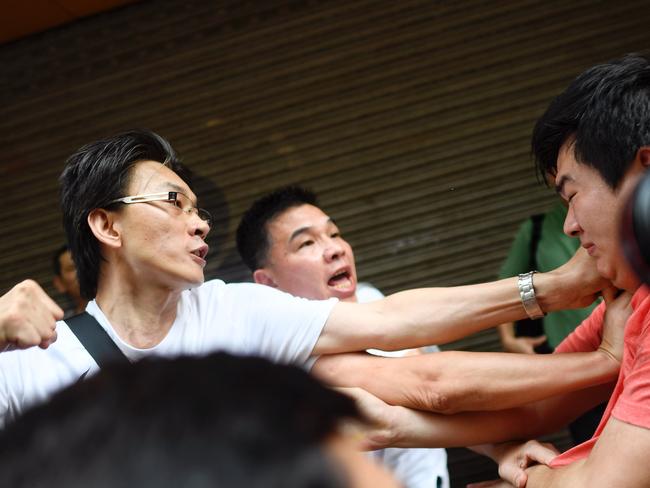
World
Don't miss out on the headlines from World. Followed categories will be added to My News.
Analysis: Over the weekend, a Beijing-backed newspaper published a tagged-up photograph of a group of activists in Hong Kong speaking with US Consulate political diplomat Julie Eadeh in a lobby of a hotel.
How the ‘meeting’ came about or what was discussed is unknown and largely irrelevant but its release marks a dramatic turning point in the nine-week turmoil on the tiny island territory that now threatens to engulf the region and not just with cancelled flights.
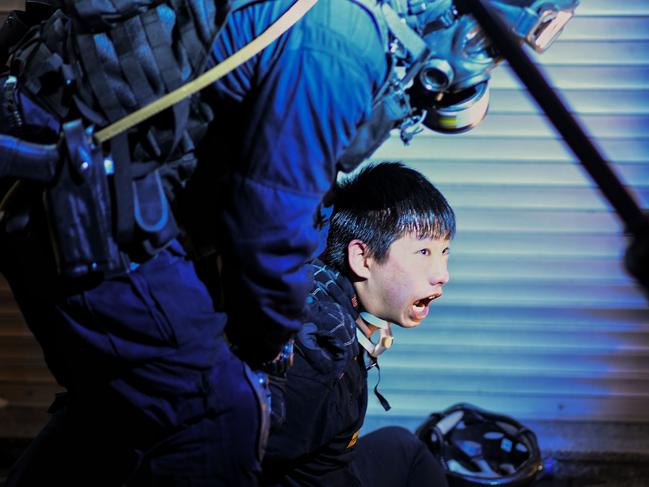
Make no mistake, this issue and the violence witnessed in the past 48 hours is no longer just an escalation of demonstrations related to a domestic issue and a law change that would have barely affected less than .001 per cent of a population.
But it has now been pitched and propelled as East versus West, a physical manifestation of the China-United States trade war that until now has been largely desk-thumping rhetoric.
At least that is how Beijing is now seeking to portray it in a dangerous new level of brinkmanship.
MORE: Patten warns Hong Kong is at risk of ‘catastrophe’
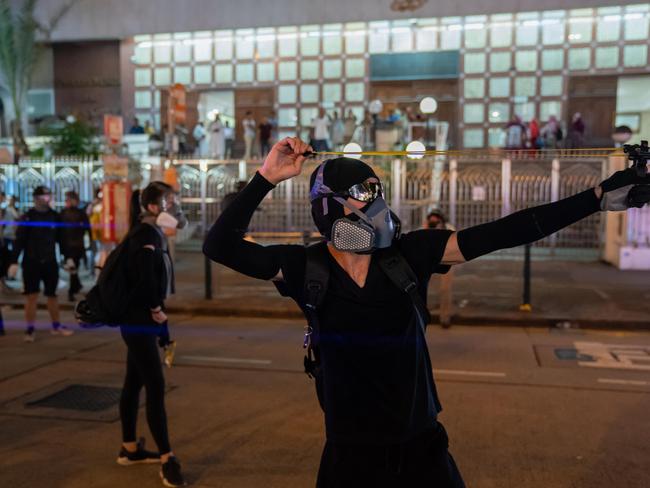
The image has sparked fervour in China after Beijing announced it was clear evidence of clandestine meddling by the US which it claims has sought to create mayhem and dissension on Hong Kong. Of course the US would care little about the former British colony, they don’t produce oil and rank 19th on the US trading partner index.
But Beijing is now claiming, in an old-fashioned Communist Party way, the CIA has a plot to spark a “revolution” on the Chinese territory to destabilise China. They have even brought out the ‘t’ word, branding events as terrorism, presumably to set up the potential deployment of anti-terror laws. There is clear evidence of a criminal element within the protests but this remains a much broader crisis and test for Chinese leader Xi Jinping.
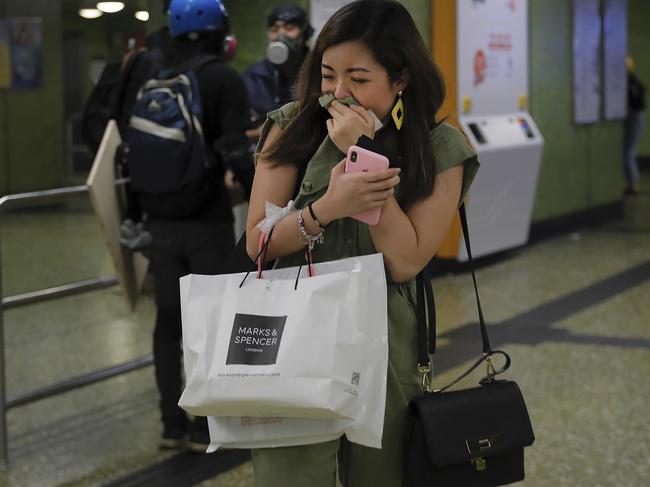
The White House has hit back, outraged one of its diplomats has been targeted as well as the now publishing in Chinese State media of the names and phone numbers of her husband and teenage children.
Chinese media has also been making much of US flags some Hong Kong locals were seen parading at the HK airport although for all we know it was for some travel group leader to find their travellers.

In reality, the unusual tactic by Beijing to target an individual and a foreign power over a domestic dispute, flags the growing frustration Beijing has with the ongoing demonstrations and the threat such dissensions poses more broadly to its supreme rule image.
It has progressed from a principle – where protesters wanted a full withdrawal of a now suspended bill that would allow extraditions to mainland China versus China wanting to continue to flex control over its territories – to something more.
At any rate, the violence is likely to escalate and that could push mainland China to take a step that everyone fears and no-one wants, that of a border crossing of a paramilitary army of police that has already amassed on the Shenzhen border, ostensibly for a well-timed police force exercise.
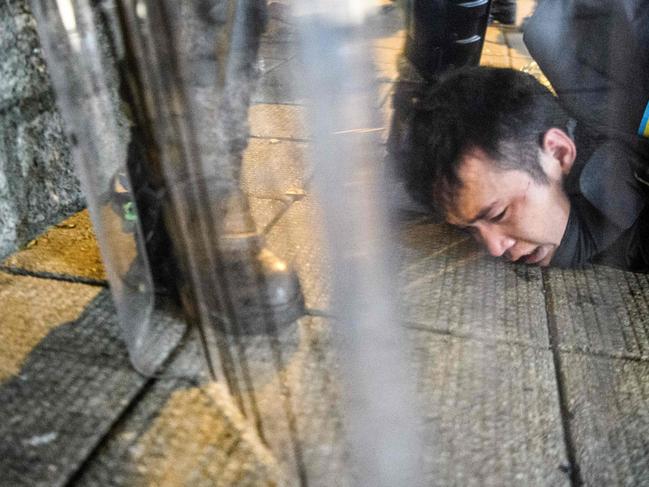
Today, a convoy of armoured vehicles rolled into Shenzhen where last week more than 100,000 police gathered for drills.
As Hong Kong leader Carrie Lam said, the violent protests had entered a dangerous phase that will push Hong Kong “down a path of no return”.
Dr Lai-Ha Chan is a senior political sciences lecturer at the University of Technology Sydney and alumni of Princeton University in the US and Warwick University in the UK.
But critically she was also an executive officer in the Hong Kong Government in the Home Affairs Department and knows the history.
She said in Hong Kong, the rule of law as set out by the central government was followed and there was no issue but a few years ago that began to change with new Beijing-backed leadership.

Slowly Beijing influence began to creep in; the protests now were designed more to remind Chinese territories of the concept of the supreme central authority.
She said the HK government needed to make a concession on dumping the extraditions law proposal fully to end the protests but so too Beijing needed to dial it down.
“They have tried to put this now at the international level and accuse the US as the designer of this unrest in Hong Kong and completely ignore the real demands from the protester,” she told News Corp Australia.
“This won’t revolve until Beijing understands the real situation and changes its narrative. The protesters aren’t demanding independence or anything like that at all, they just want to maintain the freedom of expression, the freedom of speech and the legal system.”
She added: “the situation is not optimistic, it is getting worse.”
The photo of the US diplomat may look bad to some and suggest something sinister but I’d suggest the countless other images of bloodied protesters being carried into hospital emergency wards remain far worse.
Originally published as Hong Kong protests: Beijing enters dangerous territory as crisis grows


